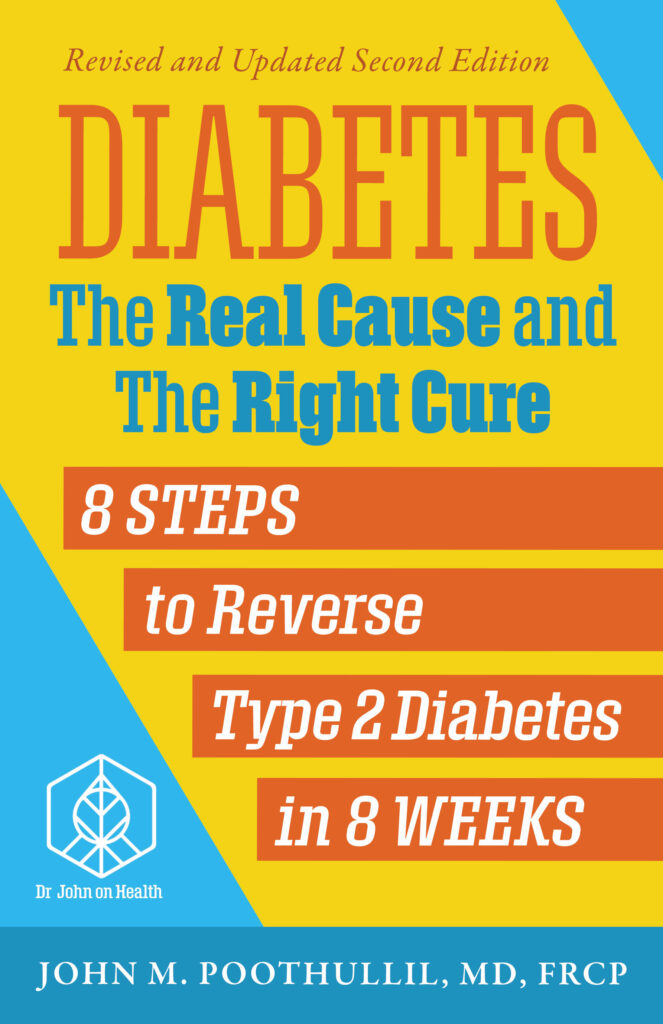This article is about lifespan and discussing what causes the age- related limit on lifespan, it was originally posted in the USA Daily Times.
It is well recognized that Type 2 diabetes is associated with an overall shorter lifespan. For example, just by reducing A1C (hemoglobin blood sugar) from 9.9% to 7.7%, it has been shown that you might gain 3.4 years in life expectancy.
The concern is that as the age of people diagnosed with Type 2 diabetes goes down (now even occurring in teens and pre-teens), we can expect a further decrease in the lifespan. Unfortunately, diabetologists have no specific strategies to address the increasing incidence of diabetes occurring at younger and younger ages. This is a true tragedy.

As discussed earlier, the metabolic activities inside each cell in the body produce agents known as “Reactive Oxygen Species” (ROS). These agents can cause damage to proteins and/or the genes inside the cell. This is what causes an age-related limit on lifespan due to cellular damage.
There are four possible outcomes when cells sustain gene damage:
- Repair and maintenance: Cells can actually repair genes damaged in their structure and functionality. The greater one’s body is able to repair gene damage, the longer one’s life span. It has been shown that centenarians 100–107 years old have greater levels of gene repair mechanisms compared to 69–75-year-old individuals in the general population.
- Defective functionality: Without gene repair, the accumulation of damage to genes as humans age not only limits the functional capability of cells, which causes a reduced lifespan, but also leads to a gradual reduction in the quality of life. This occurs because gene damage can limit muscle strength and stamina. One highly visible example of the result of such injury is hair loss as one ages due to gene damage sustained by stem cells in charge of hair renewal.
- Uncontrolled activity: The accumulation of gene damage can also result in uncontrolled cell multiplication, which initiates the formation of a cancer. However, this usually occurs over an extended amount of time, literally decades. The average age of an adult cancer patient is over sixty years. (Note that gene damage resulting in cancer can also be due to factors other than ROS. For example, radiation, exposure to cancer-causing chemicals in cigarettes and in the environment, infections, and chronic inflammation can all lead to either damage to existing genes or mistakes during gene construction.)

- Cellular senescence: When cells have accomplished their assigned tasks, they enter into a state of inactivity called “cellular senescence” (old age), after which cells in the immune system clear them away. However, when the rate of generation of senescent cells exceeds the capability of the immune system to remove them, perhaps due to an age-related decline in immune function, senescent cells can persist. Although they may not be able to perform useful functions, they may remain metabolically active, producing molecules that promote inflammation. For example, scientists link an accumulation of senescent cells in lungs that were exposed to cigarette smoke as contributing to airway inflammation. Exercise has been shown to improve the efficiency of the immune system to remove senescent cells and improve muscle strength in older adults.
In summary, most age-related disabilities stem from the imbalance between cellular damage due to normal metabolic activities and the ability of the immune system to recognize and repair them. One solution is to reduce cellular metabolism, which will limit the production of ROS. The best example of how effective this can be is the lifespan of Greenland sharks, which—barring injury, poison, disease, lack of available resources, changes to the environment, or capture—can live between 250 and 500 years. These sharks have the lowest swim speed and tail-beat frequency relative to their size among all fish species, which most likely correlates with their very slow metabolism and extreme longevity.
However, we humans, because of our greater brain capabilities and continuous inputs from our senses, are compelled to engage in activities that create a large amount of ROS.
As a best-selling author and Nationally Syndicated Columnist, Dr. John Poothullil, advocates for patients struggling with the effects of adverse lifestyle conditions.
Dr. John’s books, available on Amazon, have educated and inspired readers to take charge of their health. There are many steps you can take to make changes in your health, but Dr. John also empowers us that we must demand certain changes in our healthcare system as well. This article is an excerpt taken from “Diabetes: The Real Cause and the Right Cure”, now available in a second edition.
Follow or contact Dr. John at drjohnonhealth.com.

Don’t let Type 2 diabetes or pre-diabetes control your life – start a delicious new journey to a healthier, happier you today!

Whether you were recently diagnosed or have had Type 2 diabetes for years, this book will open your eyes to new thinking about the real cause and an actual cure based on scientific thinking.
Understanding Dr. John’s explanation for the cause of diabetes opens the door to reversing it. The book provides an easy-to-implement 8-step program that will truly lower your blood sugar for good.
This new edition contains updated information and a new Appendix with over 20 FAQs about diabetes that are critical to your commitment to change your approach to eating.


